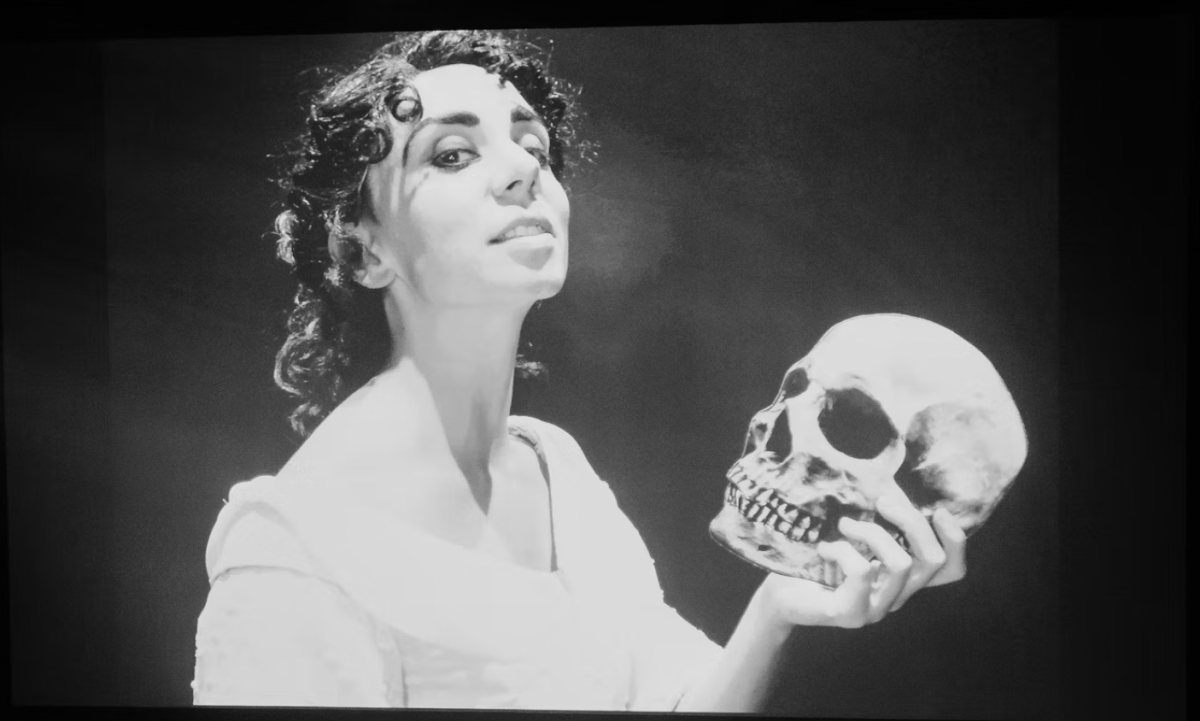Loved by audiences for 25 years now, you can say “Les Mis?rables” ages well.
The Broadway production is celebrating its 25th anniversary with a tour that is currently at the Overture Center for the Arts. Tuesday marked opening night with a performance to a packed Overture Hall, and it’s easy to say it did not disappoint. With special effects, innovative staging and stunning production values, Tuesday’s performance of “Les Mis?rables” proved why it is considered such a landmark musical.
“Les Mis?rables” tells several intricately woven tales. It is primarily the story of Jean Valjean, a former criminal (for stealing a loaf of bread, no less), and his transformation into an honest man. The production follows him through his life, from his initial escape from parole, to his taking custody of a young girl, Cosette, to her adulthood in a time of revolution in France. As Valjean’s lifelong rival, Javert, never ceases the chase for him – or prisoner 24601, as he was formerly known – he must balance the responsibilities of raising a child, keeping his past a secret and keeping himself and Cosette safe.
From the outset, “Les Mis?rables” is an intimidating musical for non-theater folk – almost every single word is spoken in song, and a lot of it with a heavy vibrato that, though beautiful, inhibits coherence. Keeping up is further complicated by the incredibly swift movements through time.
Within the first song, for example, we go from the boat on which Valjean is imprisoned, to a market where he tries to obtain work and to an open field – all within minutes, and all within the same song. Reading the synopsis prior to showtime isn’t a bad idea. While it’s absolutely essential to listen to the lyrics of the songs to understand the plot – “Les Mis?rables” uses almost every song to advance the storyline in some fashion, which is laudable – it’s easy to be distracted by the incredible set design.
Several pieces span the entire height of the stage and, when combined with an animated, impressionistic background, creates an impressive depth to the stage most musical productions – especially traveling productions -would only dream of. The background in particular was cleverly utilized to enhance the choreography, such as when the background moves to reflect the distance achieved by the onstage marching, or to improve coherence. In one scene, Jean Valjean explores an underground tunnel; as he moves, the background reflects the various parts of the tunnel he travels through and moves along with him. It sounds simple, yet the strategy garnered several “ooh’s” and “ahhs” from the crowd.
While “Les Mis?rables” impressed with its large-scale group numbers, it was in solos and duets that it succeeded the most. Betsy Morgan’s (Fantine) rendition of the classic “I Dreamed a Dream” needed no more than a spotlight and an empty stage to win over the audience. And Chasten Harmon’s (Eponine) version of “On My Own” worked on a similar level, with a bare stage to focus all of the attention on her. However, it was Ron Sharpe’s performance as Jean Valjean that would win the praise of the audience with a standing ovation.
With skillful acting and a rich voice, he performed with both stamina and charm.
The only flaw in the theatergoing experience was that of a television screen. Those who sat in the orchestra section were occasionally overcast by a white glow of a television that depicted the orchestra conductor at work. However, it did not taint the overall experience.
Some view the touring Broadway show with a critical eye, assuming the productions simply are dumb-ed down versions of the real thing. However, judging by the elaborate sets and stunning, cinematic production, “Les Mis?rables” proves the stereotype false.
4.5 stars out of 5












